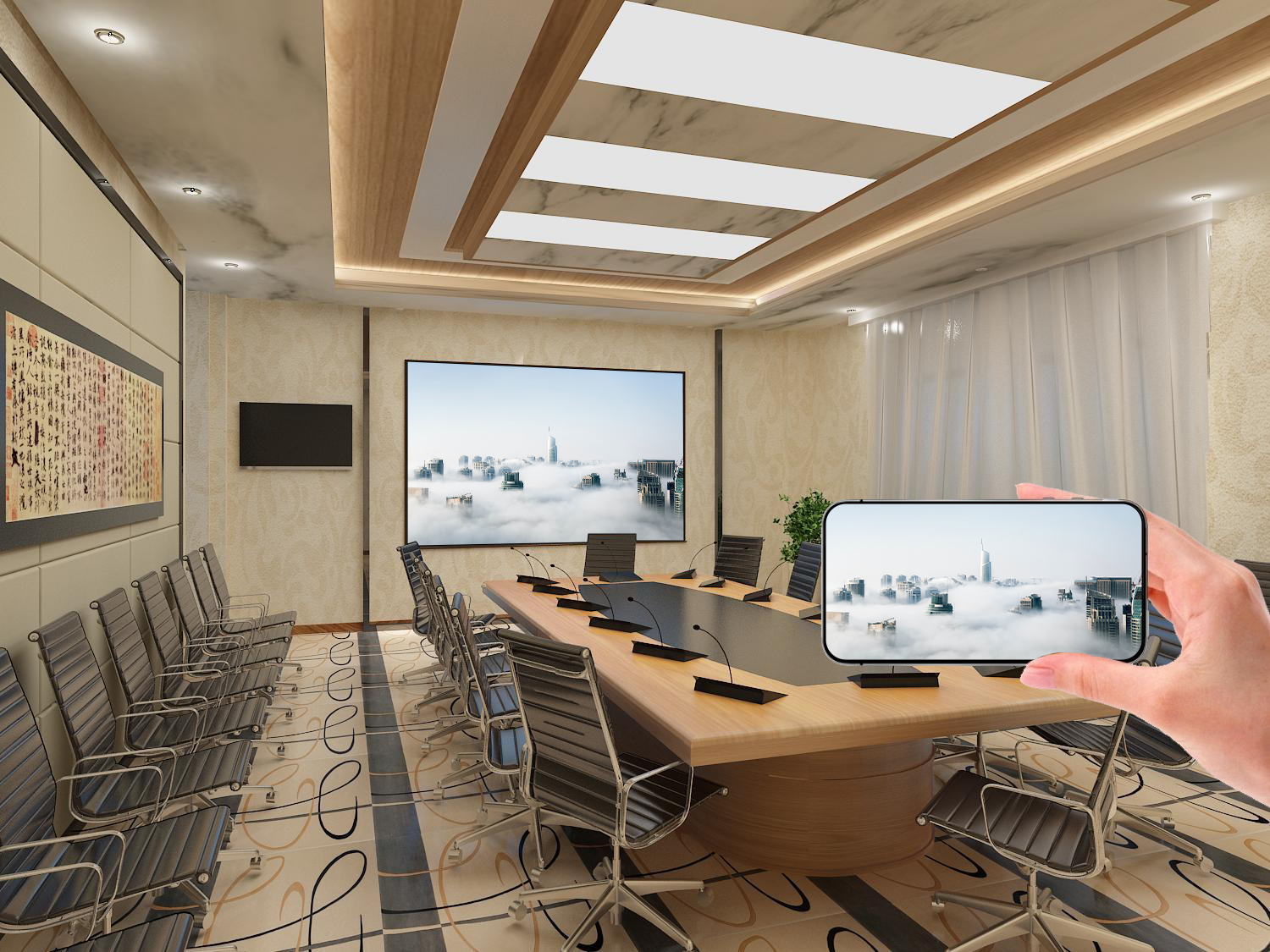Mobile screen mirroring technology has become a core capability for modern enterprise mobile office. By casting mobile screen content to large-screen devices, it enables rapid information sharing and efficient collaboration.
- System Requirements: Android 4.2 and above
- Operation Path: Settings → Connections → Screen Mirroring
- Technical Advantages: Peer-to-peer direct connection, no network required
- Applicable Scenarios: Quick demonstrations, ad-hoc meetings
- Device Requirements: Chromecast-supported devices
- Environment Requirements: WiFi network
- Functional Features: App-level precise mirroring
- Advantages: High stability, low latency
- Adapter Device: MHL adapter cable
- Functional Features: Synchronous audio and video transmission
- Unique Advantages: Charges the phone while mirroring
- Applicable Devices: Phones supporting the MHL protocol
- Signal Type: Digital signal
- Resolution: Supports 2K/4K
- Compatibility: Widely compatible with display devices
- Advantages: Lossless image quality preservation
- Device Requirements: iPhone 5 and above
- Receiving Devices: Apple TV or compatible devices
- Ease of Operation: One-click mirroring
- Stability: Industry-leading level
- Adapter Device: Lightning to HDMI adapter
- Output Specification: Supports 1080P HD
- User Experience: Plug-and-play
- Advantages: Zero latency, extremely stable
- Display work progress in real time
- Quickly share document materials
- Respond to discussion topics instantly
- Improve decision-making efficiency
- Vividly showcase product functions
- Enhance customer participation experience
- Increase proposal persuasiveness
- Promote business deals
- Mobile teaching tools
- Interactive learning experiences
- Real-time learning feedback
- Improve training effectiveness
- Device compatibility testing
- Network environment evaluation
- Usage requirement analysis
- Budget plan formulation
- Basic environment setup
- Device configuration and debugging
- System integration testing
- User training delivery
- Establish a technical support system
- Regular maintenance and inspections
- System optimization and upgrades
- Usage effect evaluation
- Optimize network signal coverage
- Update device firmware versions
- Adjust device positioning and distance
- Check network bandwidth
- Adjust output resolution
- Switch connection methods
- Adjust audio latency settings
- Update decoder versions
- Check device performance

